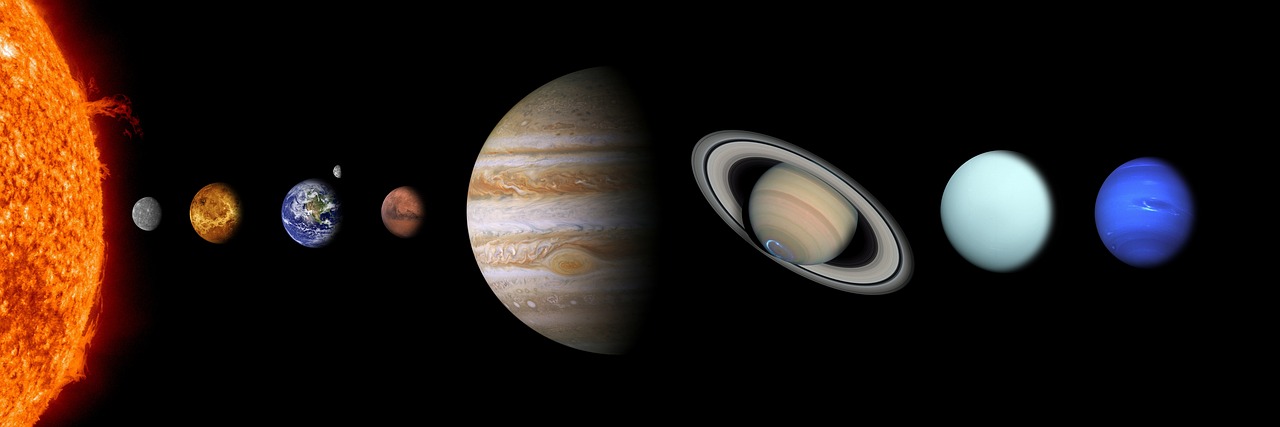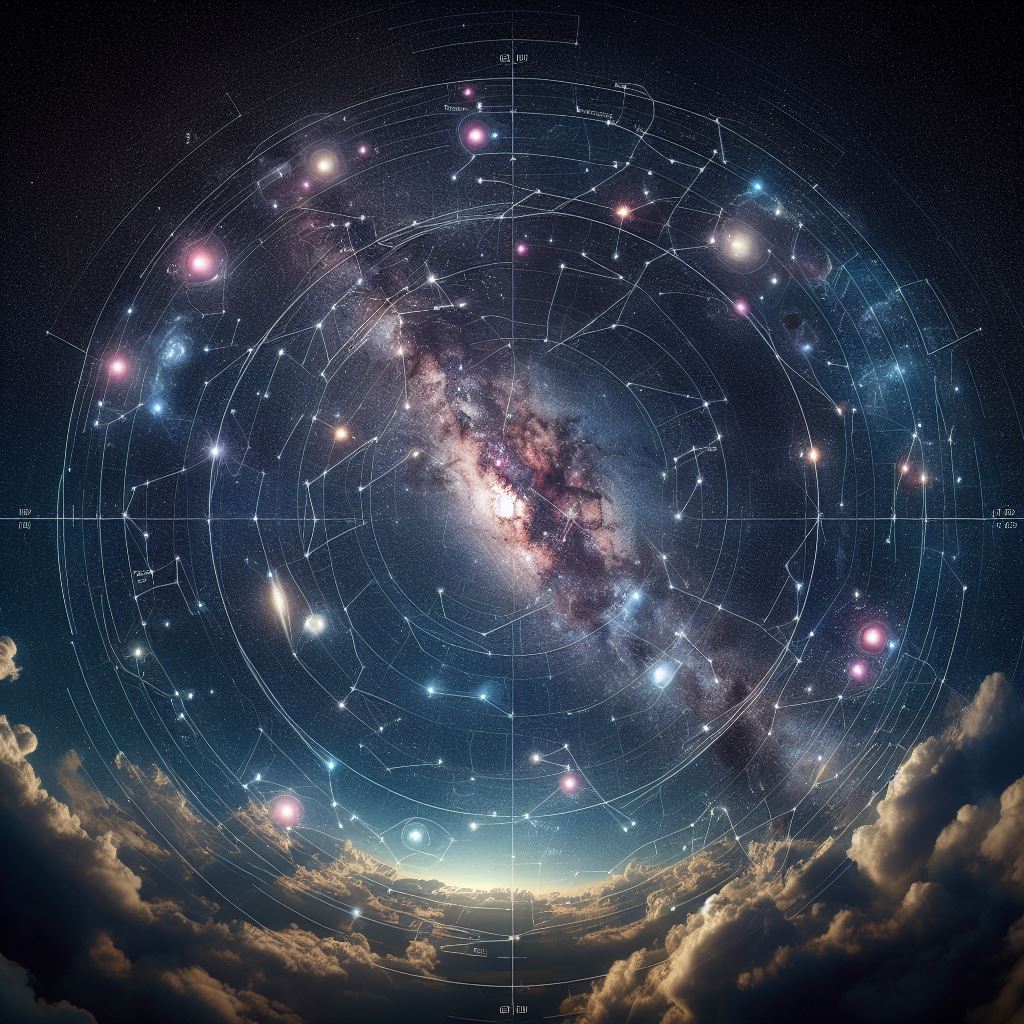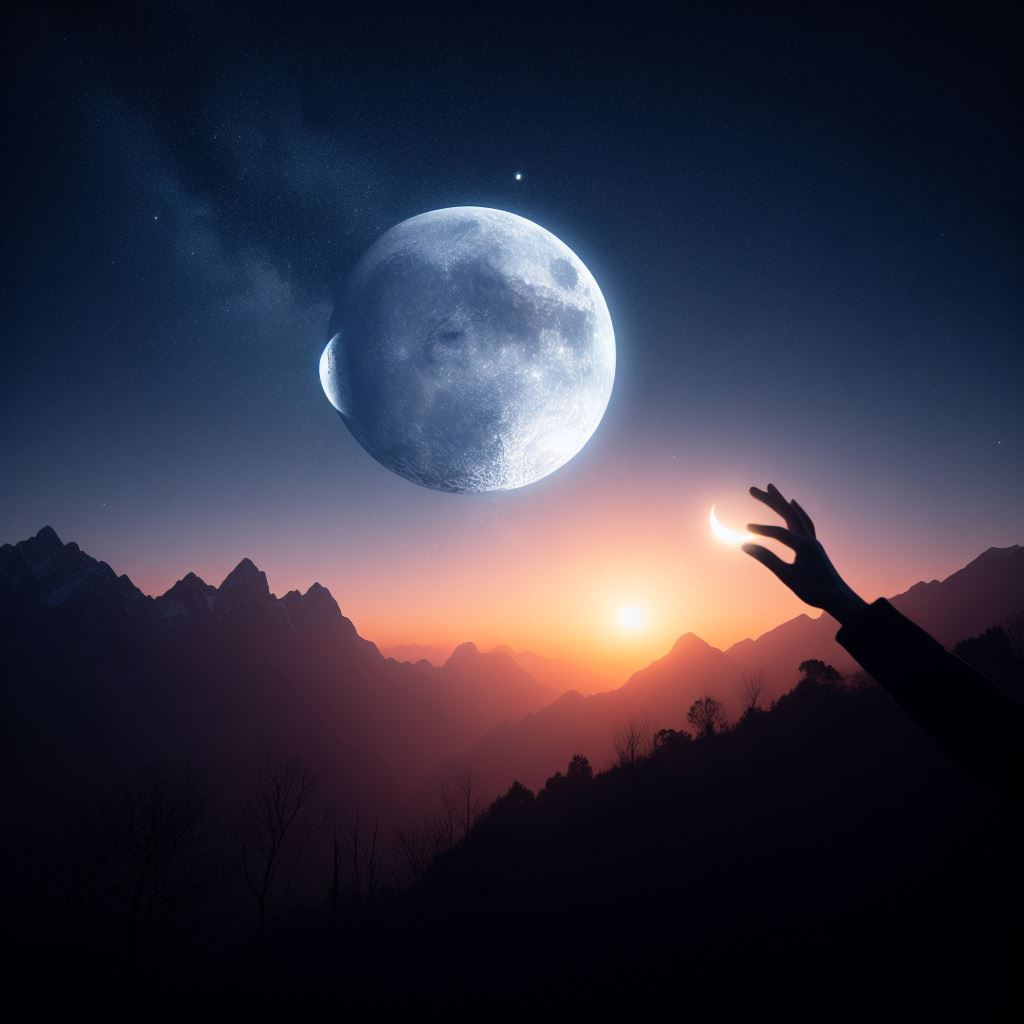Have you ever gazed up at the night sky and noticed a brilliantly shining object positioned tantalizingly close to the moon? This celestial phenomenon is a common sight for stargazers, but the identity of this gleaming celestial companion can be a thrilling mystery to unravel. In this article, we will delve into the world of astronomy and explore the possibilities of what that gleaming celestial companion could be.
Is It a Star or a Planet?
The first question that comes to mind when spotting a bright object near the moon is whether it’s a star or a planet. Stars and planets often make appearances in our night sky, but they exhibit distinct characteristics that can help us differentiate between the two.
Jupiter: King of the Night Sky
One of the leading contenders for the title of “brightly shining object” next to the moon is Jupiter, the largest planet in our solar system. Known as the king of the night sky, Jupiter’s mesmerizing appearance is marked by its striking bands of colors, including brick red, yellow, beige, and brown.
Saturn: The Golden Giant
Another possible candidate is Saturn, which often appears as a yellow-hued beauty. This golden glow is a result of sunlight reflecting off the planet’s cloud layer. Interestingly, Saturn’s true color, revealed by spacecraft like Cassini, is a stunning shade of blue, due to the scattering of molecular hydrogen in its atmosphere.
Venus: The Evening Star
Venus, often referred to as the “Evening Star,” is another celestial contender that can be seen shining brilliantly near the moon. This planet typically appears as a bright, dirty white or beige point of light in the night sky.
Mars: The Red Planet
Mars, known as the “Red Planet,” is famous for its distinctive reddish hue. This color is attributed to the presence of iron oxide (rust) on its surface. Mars can vary in color, with shades ranging from red to yellowish, brownish, and even white at its polar regions due to the presence of dry ice.
Identifying the Shiny Object Next to the Moon
To accurately pinpoint the identity of the shining object next to the moon, you can use modern technology. Mobile apps such as Sky Map for Android and Night Sky for iPhone can assist you in identifying stars, planets, and constellations. Simply point your phone’s camera in the direction you want to explore, and the app will display the names of celestial objects in real-time.
In Conclusion
The brightly shining object next to the moon can be a captivating celestial mystery. By understanding the characteristics of planets and stars and utilizing stargazing apps, you can embark on an enchanting journey to uncover the secrets of the night sky. So, next time you spot that gleaming companion next to the moon, you’ll be equipped with the knowledge to unravel its identity and appreciate the wonders of our universe.






